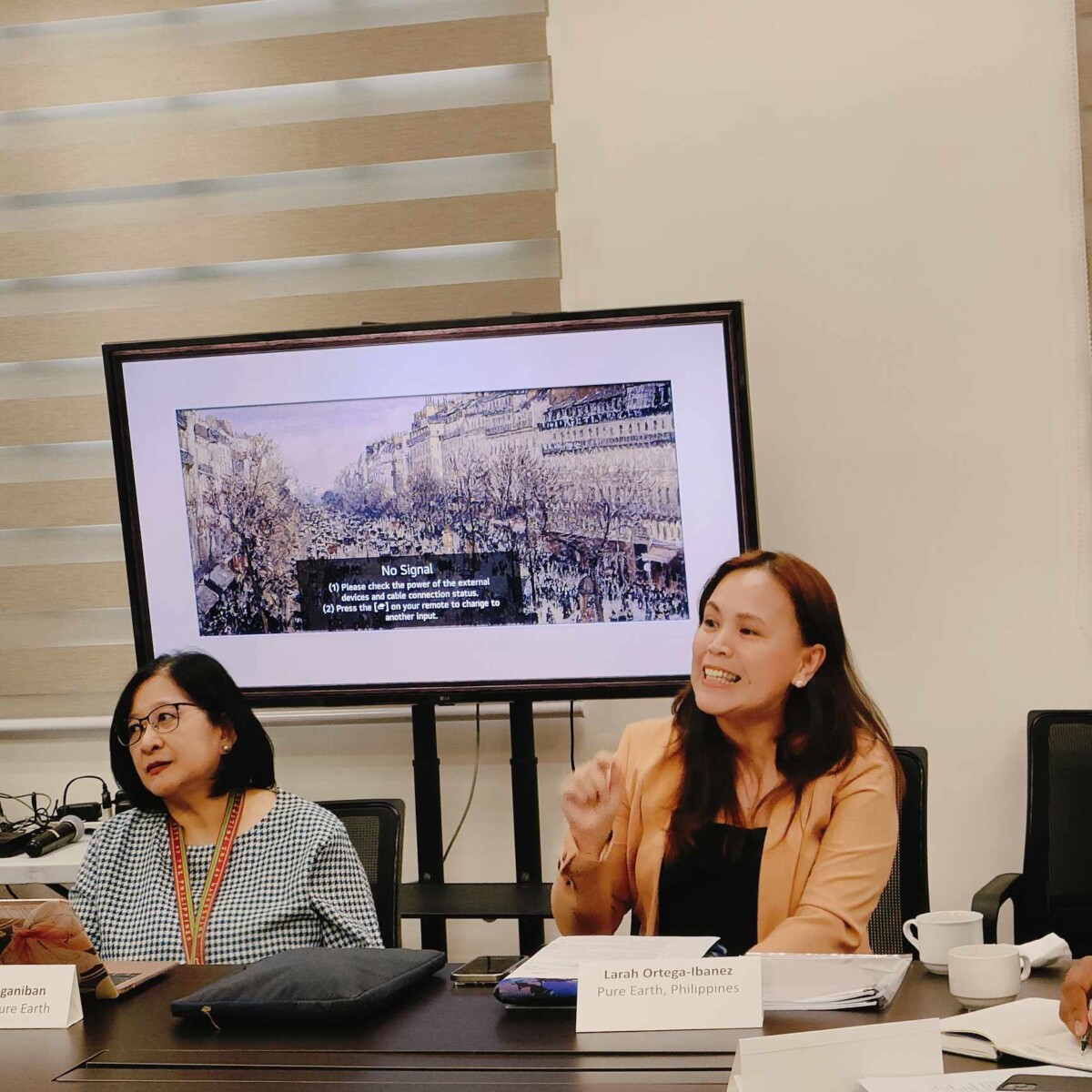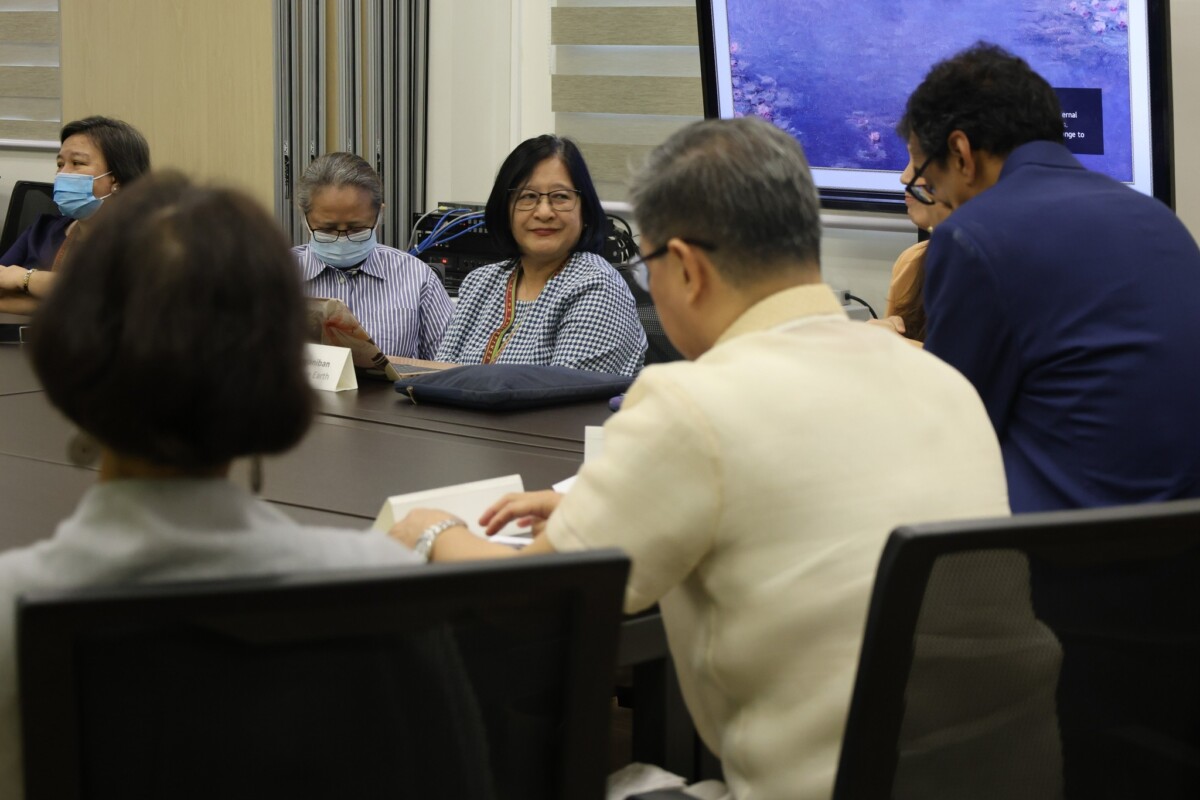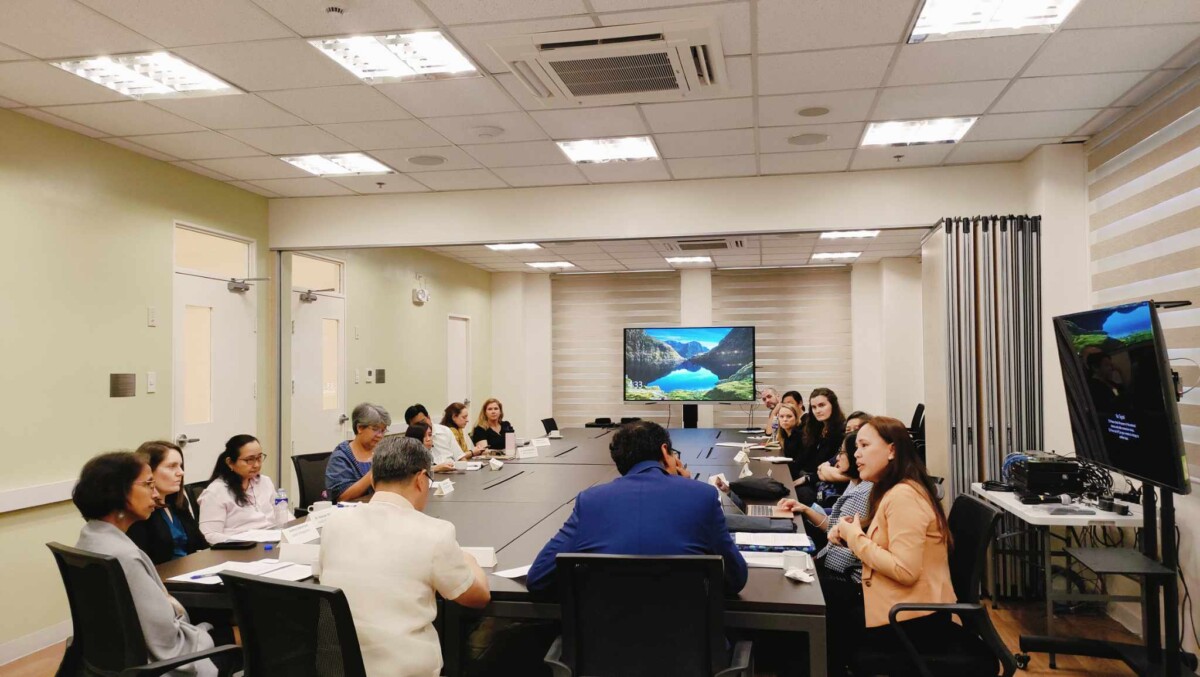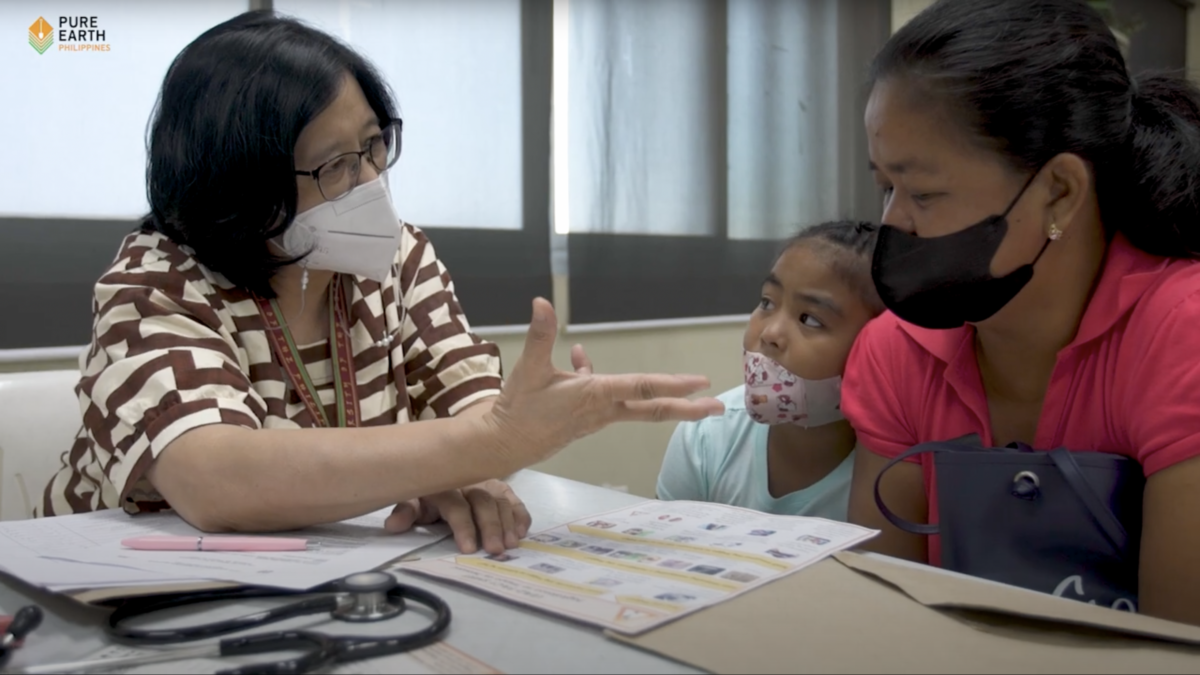This post is from Pure Earth Philippines Country Director Larah Ortega Ibanez.
USAID Assistant Administrator Gawande and Pure Earth Philippines Engage Key Stakeholders to Combat Childhood Lead Poisoning in the Philippines
Following USAID Administrator Samantha Power’s call for lead-free futures at DAVOS in January of this year, Atul Gawande, Assistant Administrator of USAID Global Health, met with the Philippines’ National Poison Management and Control Center (NPMCC) and Pure Earth Philippines to discuss the current situation and potential solutions for childhood lead poisoning in the country. This was after his talk at the University of the Philippines Manila on “How Can Filipinos Live Longer?”.
The gathering, held at the end of January 2024, was attended by key stakeholders, including the Chancellor of the University of the Philippines Manila and current and former directors and toxicology consultants of the UP Manila National Poison Control and Management Center, and the newly formed USAID Philippines’ lead mitigation team.
I can still recall how greatly encouraged I was to be in a room with inspiring advocates and committed catalysts talking about the situation and more importantly, the solutions. As an organization, we’ve been working on this for 25 years globally and 17 years in our country. It was surreal that significant attention is being given to the issue of lead poisoning. USAID’s voice on the matter is a positive push towards concerted action.

Discussions centered on strategies to monitor lead in blood, consumer products, and the environment; to identify and address different exposure sources, and to specify the most vulnerable demographic groups. AA Gawande told the group that we are all here to learn about the situation and from one another on where the most need is and what would be the most impactful solutions. He even gave actual examples from how other countries did their lead mitigation efforts via proactive monitoring and follow through of detected lead sources and poisoning cases.
Pure Earth Philippines echoed the same by emphasizing the need for an institutionalized lead surveillance and case management system and together with our go-to experts at NPMCC, provided key recommendations cutting across education, environment, health and economic policies and programs to sustainably address lead exposure. It is solvable. But it requires a whole-of-government and community approach to solutions.

Sometimes, we get a push back in a sense that the local situation isn’t as worse as the other countries. However, for problems as devastating and irreversible as the impact of lead on IQ and development of children and cardiovascular health of adults among others, wisdom tells us better nail it down now. We cannot afford waiting for the worse. We will be greatly disadvantaged if we’d opt for that. Even more importantly, we’re talking not just about numbers here but our children’s lives and futures. They matter.
This convening builds on the progress of Pure Earth Philippines and USAID to address lead poisoning in the country. In 2021, with the support of USAID, Pure Earth worked with the government to include testing for lead in their National Nutrition Survey, which takes place every three years. Hopefully, this effort will lead to the creation of a national program to monitor lead poisoning.

The 2021 lead poisoning survey, which tested 3000 children and pregnant women across 13 areas of the Philippines, found that over one million children ages 5-9 years have elevated blood lead levels.
When the findings were revealed, Pure Earth Philippines took action. We connected families with lead poisoned children to doctors for health consultations. To help pin-point the sources of lead exposure, we sent investigators to 65 vendors in 7 markets across the Philippines to sample hundreds of consumer products for lead contamination. We found that 24% of aluminum pots, 13% of glazed ceramic food ware, 33% of cosmetics, and 16% of house paints were contaminated with high levels of lead.
To find out if these products were responsible for poisoning children, we worked in partnership with local governments to visit the homes of children detected with blood lead levels and test household products. Pure Earth investigators also went back to these households to share the results and give lead-free cookware and foodware to replace their old lead-contaminated pots, plates and mugs.

Most recently, Pure Earth started meeting and training representatives of two pilot cities in Metro Manila in order to operationalize a local lead monitoring program.
The meeting between Pure Earth, UP Manila NPMCC and Assistant Administrator Gawande and the USAID team is a major step forward in galvanizing efforts to mitigate lead exposure in the Philippines. The collaboration, strategic insights, and commitment demonstrated during the discussions lay a solid foundation for future endeavors to protect public health from lead exposure.
As a result of these interventions, for the first time, the government of the Philippines is including lead poisoning as a priority issue in their National Environmental Health Action Plan (NEHAP) 2030. The Philippine Inter-Agency Committee on Environmental Health’s Chemical Safety Sub-Committee will convene this April to hopefully flesh out the specific lead action points in the NEHAP.
With the existing in-country institutional developments and technical expertise, the Philippines is well-positioned to craft appropriate strategies based on the recent blood lead level and source assessment data in order to solve lead poisoning. We just need committed champions and strong, concrete and integrated funding support to get intervention response systems rolling.
Learn more about the impactful work of Pure Earth Philippines.
WATCH:



